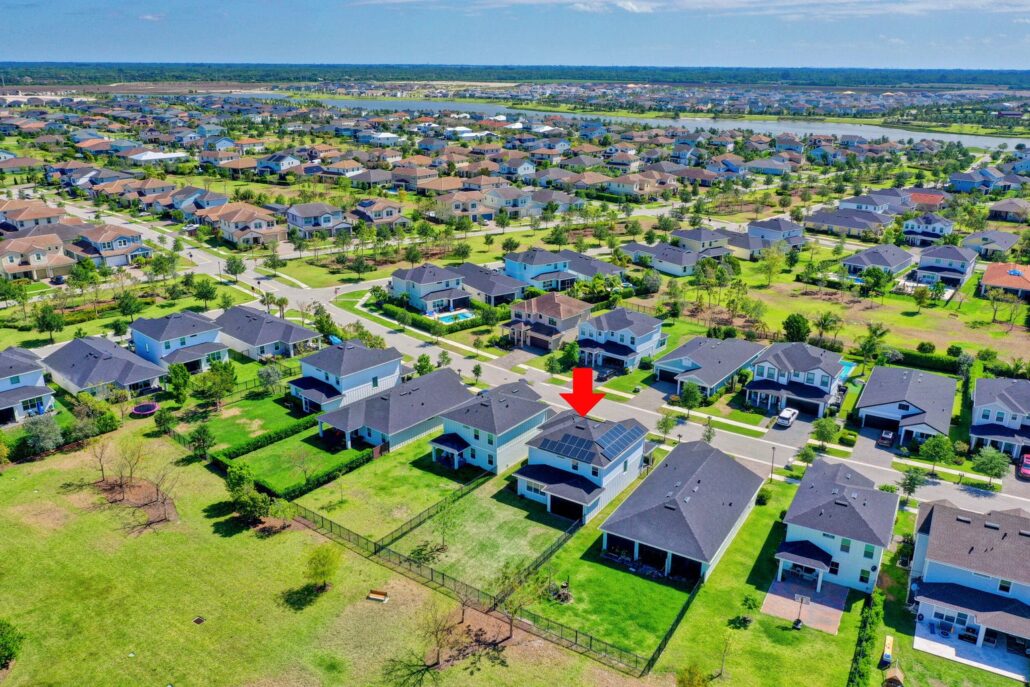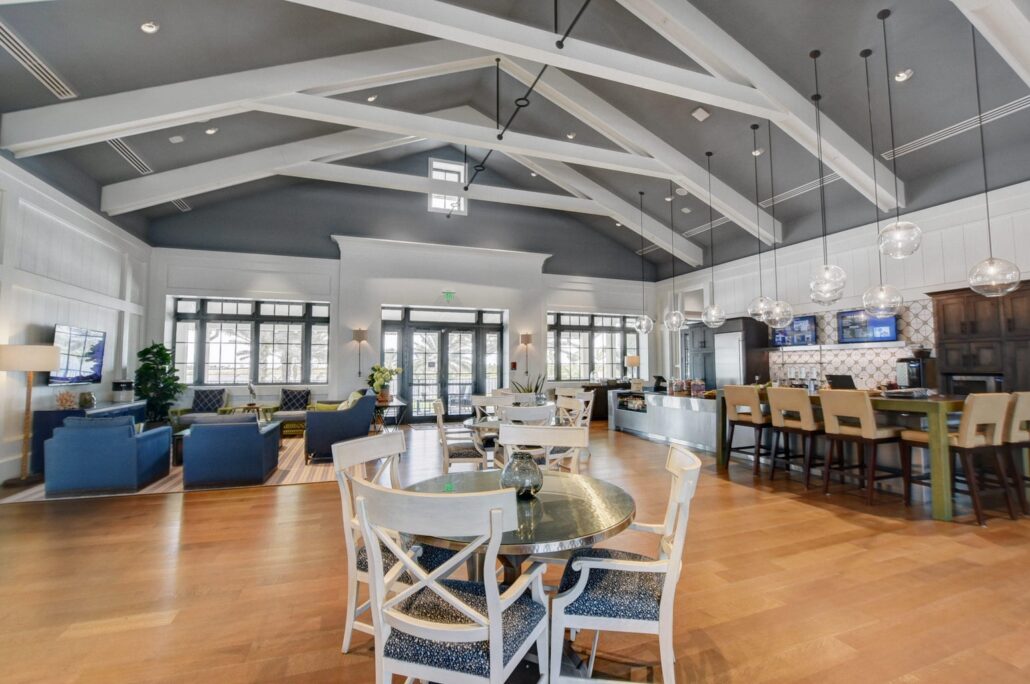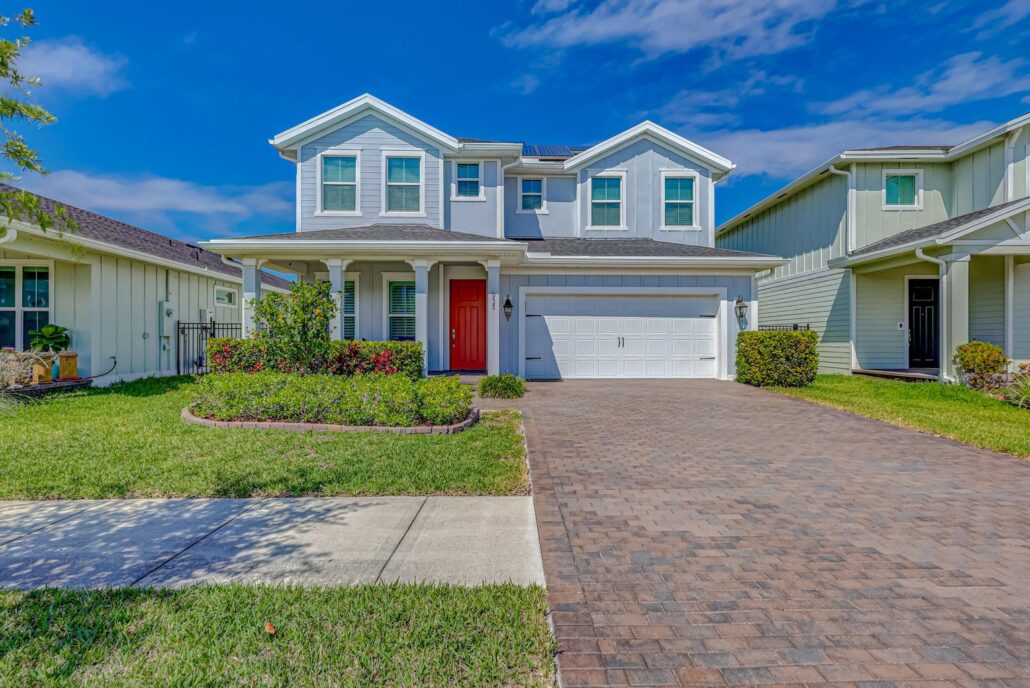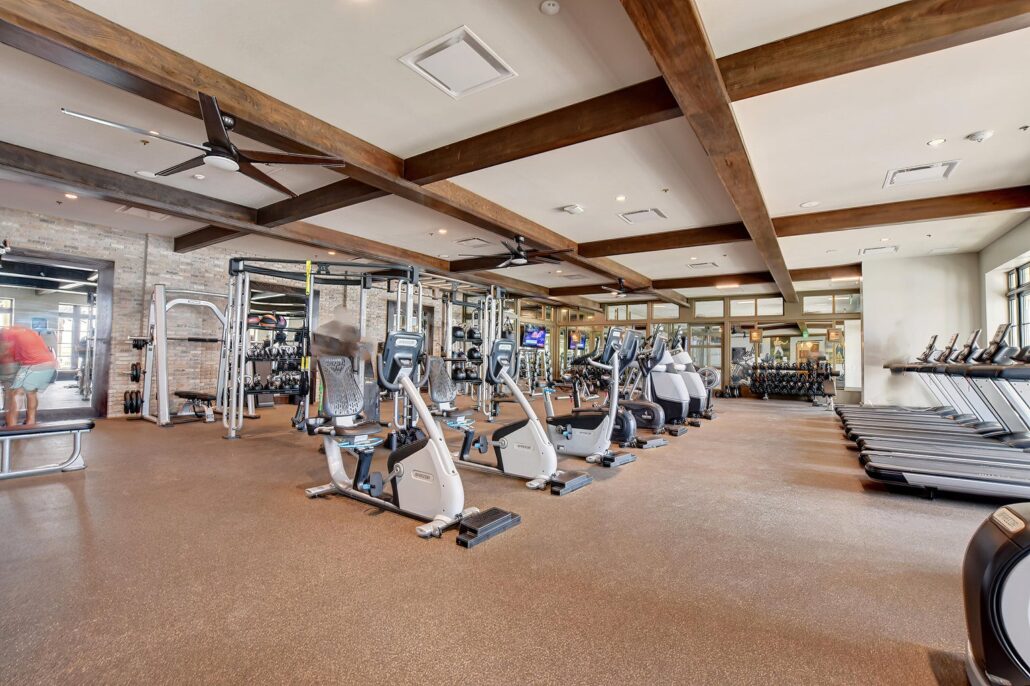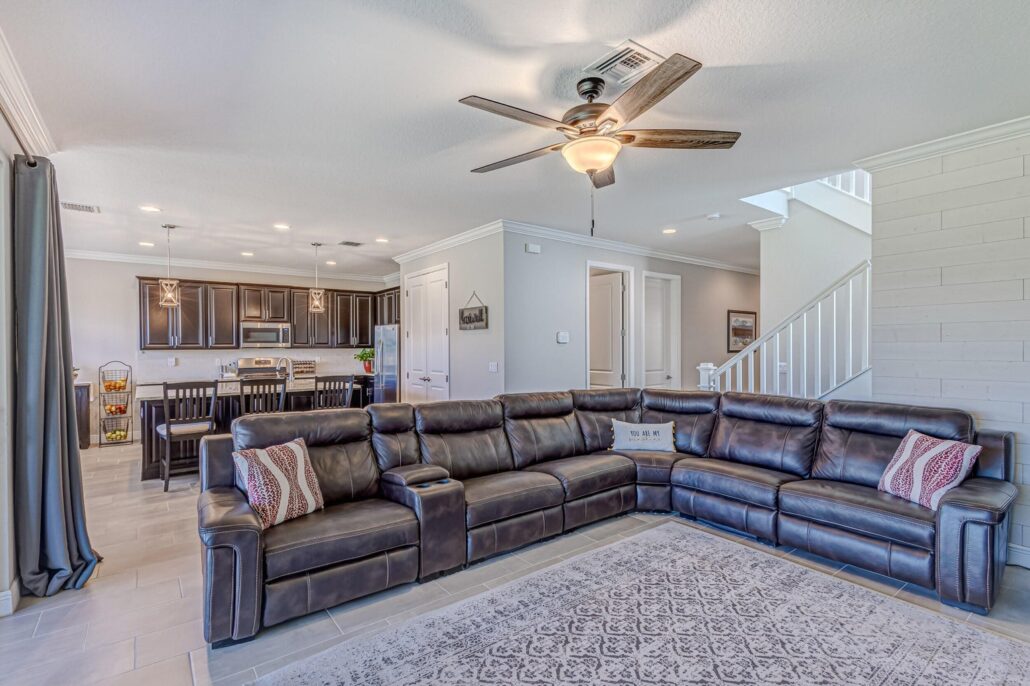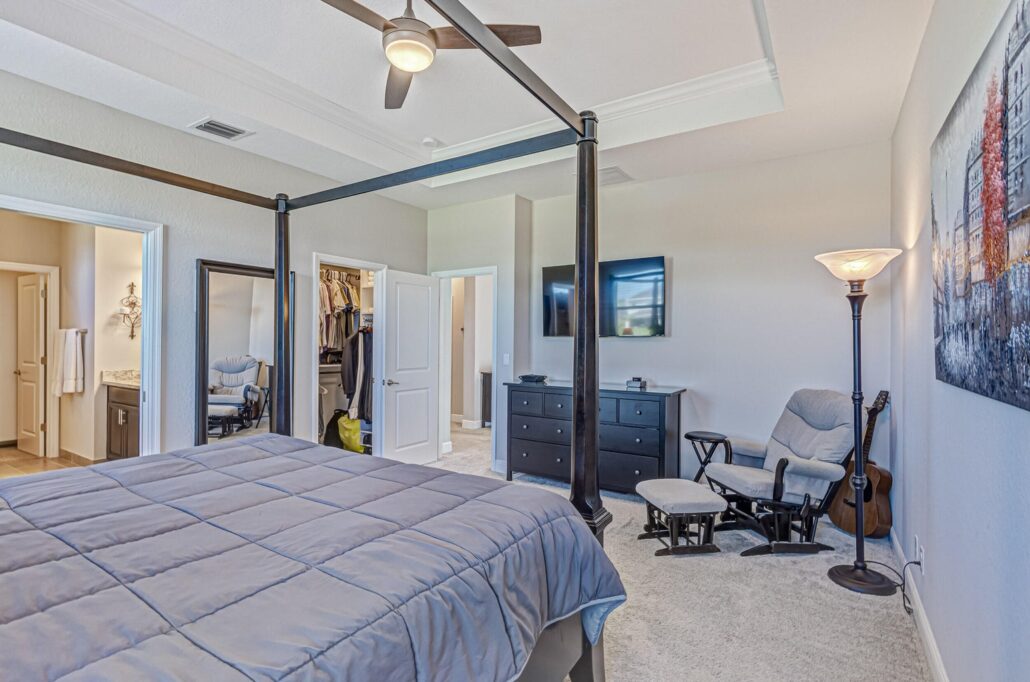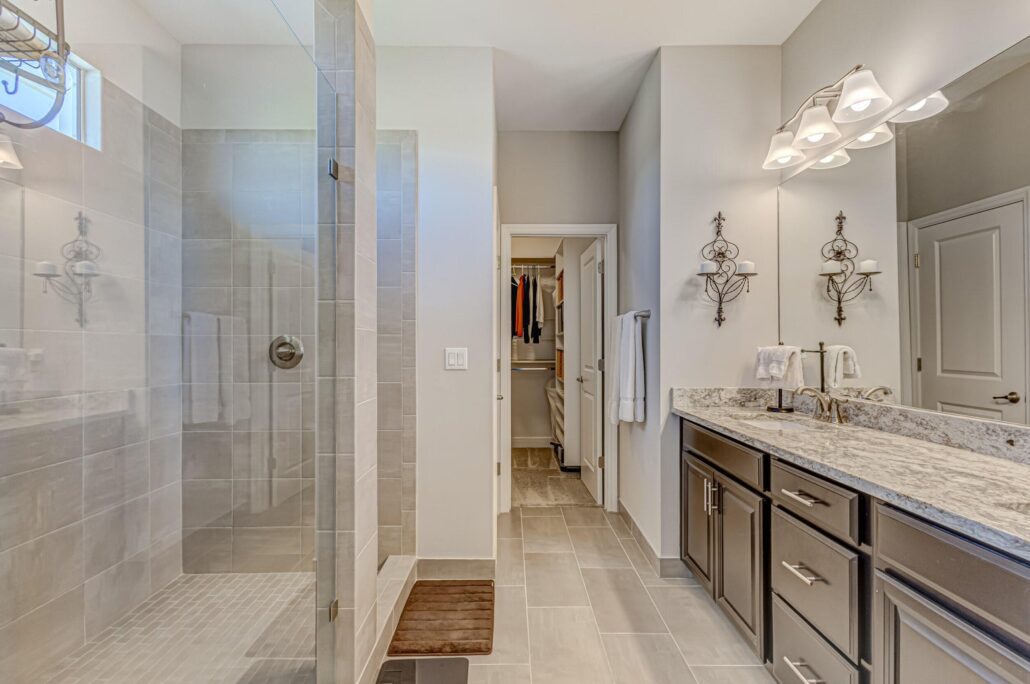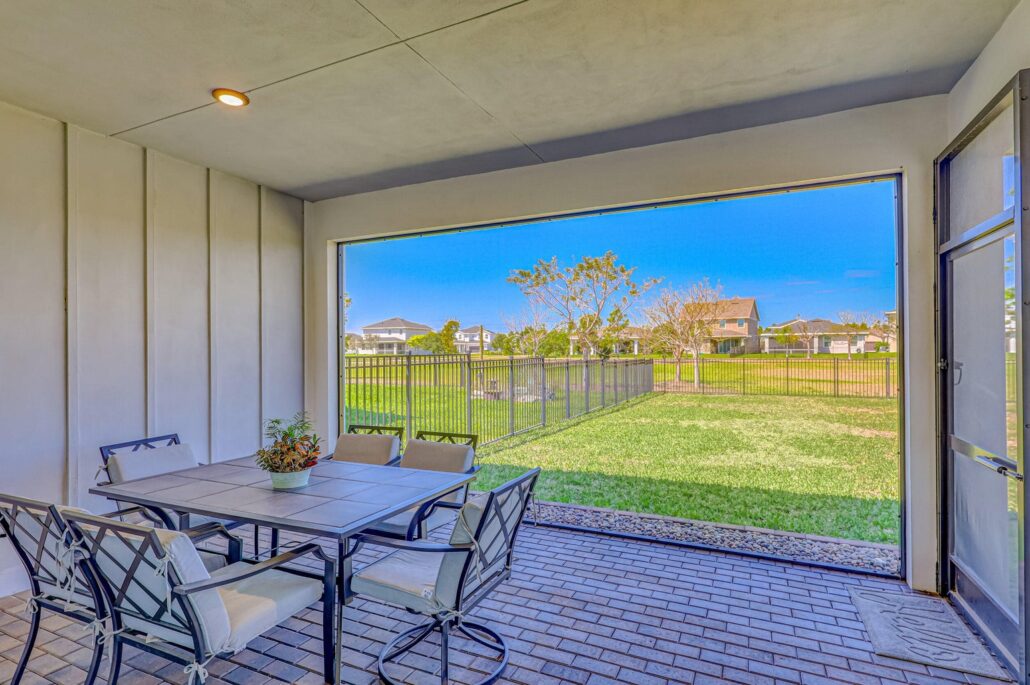2023 has seen a big shift in the financing market. Rates are up, for now. Loan volume is down so lenders have the time to really dig into the applications. Lenders are even more cautious now to finance condominiums. But on some good news we have more loan program options available.
Check out these 10 financing options ot consider in 2023…


